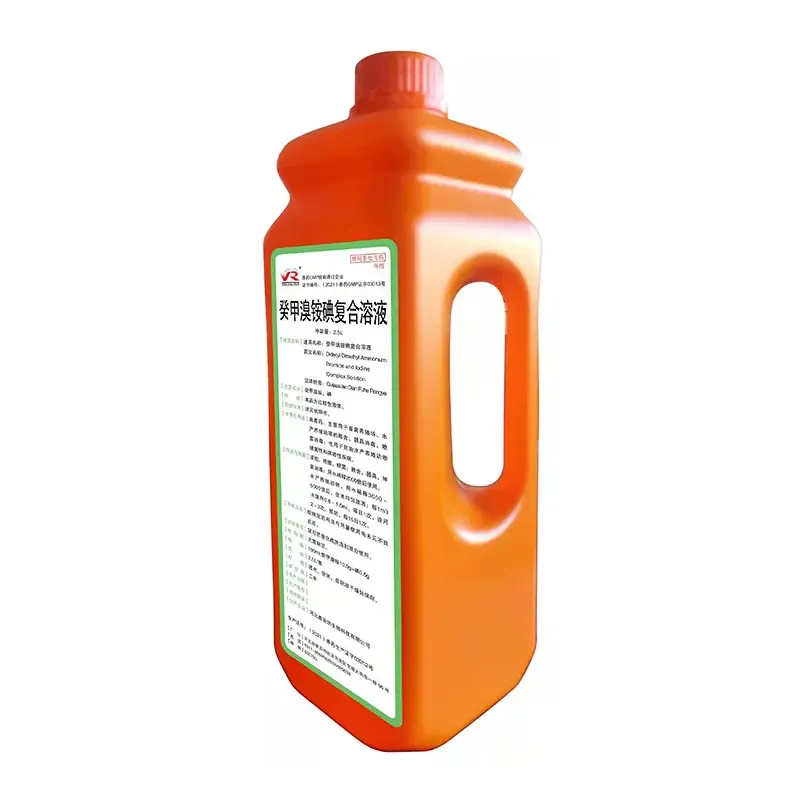- Afrikaans
- Albanian
- Amharic
- Arabic
- Armenian
- Azerbaijani
- Basque
- Belarusian
- Bengali
- Bosnian
- Bulgarian
- Catalan
- Cebuano
- Corsican
- Croatian
- Czech
- Danish
- Dutch
- English
- Esperanto
- Estonian
- Finnish
- French
- Frisian
- Galician
- Georgian
- German
- Greek
- Gujarati
- Haitian Creole
- hausa
- hawaiian
- Hebrew
- Hindi
- Miao
- Hungarian
- Icelandic
- igbo
- Indonesian
- irish
- Italian
- Japanese
- Javanese
- Kannada
- kazakh
- Khmer
- Rwandese
- Korean
- Kurdish
- Kyrgyz
- Lao
- Latin
- Latvian
- Lithuanian
- Luxembourgish
- Macedonian
- Malgashi
- Malay
- Malayalam
- Maltese
- Maori
- Marathi
- Mongolian
- Myanmar
- Nepali
- Norwegian
- Norwegian
- Occitan
- Pashto
- Persian
- Polish
- Portuguese
- Punjabi
- Romanian
- Russian
- Samoan
- Scottish Gaelic
- Serbian
- Sesotho
- Shona
- Sindhi
- Sinhala
- Slovak
- Slovenian
- Somali
- Spanish
- Sundanese
- Swahili
- Swedish
- Tagalog
- Tajik
- Tamil
- Tatar
- Telugu
- Thai
- Turkish
- Turkmen
- Ukrainian
- Urdu
- Uighur
- Uzbek
- Vietnamese
- Welsh
- Bantu
- Yiddish
- Yoruba
- Zulu
የካቲ . 01, 2025 05:27 Back to list
Oxytetracycline 5% Injection


Skin and soft tissue infections in animals, stemming from scratches, bites, or surgical wounds, are another area where oxytetracycline injections prove beneficial. By addressing infections caused by susceptible strains of bacteria, this treatment helps in swift healing processes, reducing the risk of complications such as abscess formation or systemic spread. The Role in Poultry and Aquaculture In addition to terrestrial livestock, oxytetracycline injections are instrumental in managing bacterial infections in poultry and aquaculture. Conditions such as chronic respiratory disease in poultry and columnaris disease in fish can be effectively treated using this antibiotic, safeguarding against major production losses and ensuring food supply continuity. Considerations for Use When utilizing oxytetracycline injections, it is crucial to adhere to veterinary guidance regarding dosage, withdrawal periods, and monitoring for potential side effects. Improper use can lead to antibiotic resistance, a significant concern in both human and veterinary medicine. Therefore, responsible administration ensures both the efficacy of treatment and the preservation of antibiotic effectiveness for future needs. Expert Insight on Best Practices Veterinary professionals emphasize the importance of accurate diagnosis and targeted therapy when employing oxytetracycline injections. This precision not only maximizes treatment success but also reduces unnecessary exposure to antibiotics. Regular consultation with a veterinary expert is recommended to devise the best treatment protocols tailored to specific herd or flock health dynamics. Conclusion Oxytetracycline injections remain a cornerstone in animal healthcare, ensuring the well-being of livestock and supporting the agricultural industry. Their judicious use, backed by veterinary expertise, enhances treatment outcomes and promotes sustainable farming practices. By understanding the diverse applications and aligning usage with established guidelines, stakeholders can leverage this vital antimicrobial tool to maintain healthy animal populations and secure food production systems globally.
-
Guide to Oxytetracycline Injection
NewsMar.27,2025
-
Guide to Colistin Sulphate
NewsMar.27,2025
-
Gentamicin Sulfate: Uses, Price, And Key Information
NewsMar.27,2025
-
Enrofloxacin Injection: Uses, Price, And Supplier Information
NewsMar.27,2025
-
Dexamethasone Sodium Phosphate Injection: Uses, Price, And Key Information
NewsMar.27,2025
-
Albendazole Tablet: Uses, Dosage, Cost, And Key Information
NewsMar.27,2025













